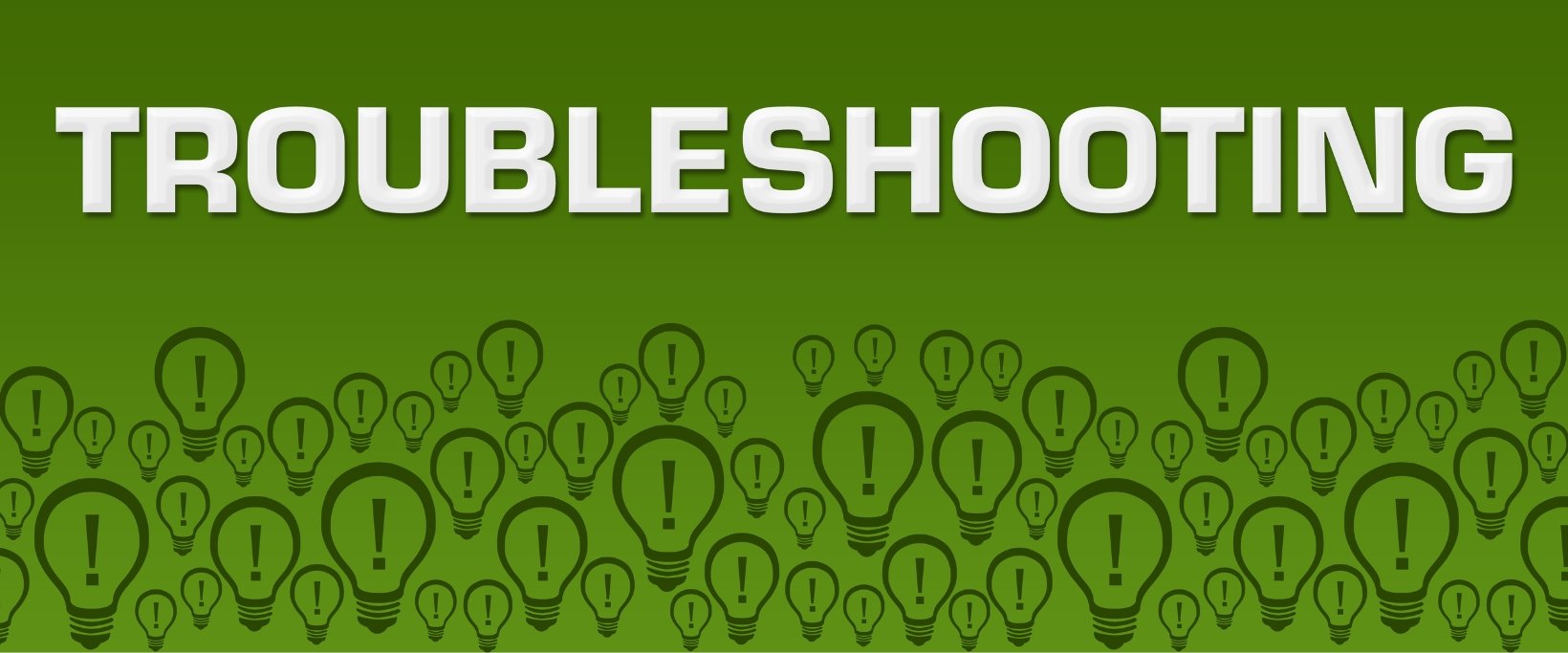If you are having trouble getting your plants to thrive, here are a few common issues that could be the cause. Check each of these items off of your list to see if any of them might be the problem.
-
Overwatering: Easily the number one killer of yields if you’re lucky enough to make it that far. Stunted growth, yellow leaves, increased susceptibility to disease, root rot, fungus gnats, you name it.
Overwatering likes to trick us into thinking it can be something else too, like a nutrient deficiency. But it may be overwatering that led to root rot that led to ph swings which led to nutrient lockout.
Certain nutrients are absorbed in specific ranges. For example, Manganese has great absorption in the 4-7 range, but when it gets up past 7.5 it's increasingly more difficult for the plant to absorb it.
- Not enough water: Plants need water in order to absorb nutrients and transport them throughout their system. Without enough water, your plants will start to wilt and their growth will be stunted. Be sure to water them deeply and regularly, especially during hot summer months.
- Not enough light: If your plants are not getting enough light, they will not be able to photosynthesize and produce the food they need to grow. Make sure to provide them with plenty of bright, direct sunlight or artificial light from grow lamps.
- Not enough nutrients: In order for plants to grow, they need a variety of different minerals and nutrients that they can get from the soil. If your soil is lacking in these nutrients, you may need to add some fertilizer to help your plants out.
- Too much heat: While some plants thrive in hot climates, most prefer a moderate temperature range. If it is too hot for your plants, they will start to wilt and their leaves may turn yellow or brown. Move them to a cooler location or provide them with some shade if needed.
- Too much humidity: Humidity is important for many tropical plants, but too much humidity can actually be harmful to most other types of plants. If the air around your plants is too moist, it can encourage the growth of mold and mildew which can damage your plants. Provide good air circulation and make sure the leaves are dry before nightfall to prevent this issue.
- Pests and diseases: Both pests and diseases can wreak havoc on your indoor garden if left unchecked. Inspect your plants regularly for signs of infestation or disease such as discolored leaves or spots, holes in the leaves, or fuzzy white mold on the stems or leaves. If you see any of these signs, take action immediately to remove the pests or treat the disease before it spreads further. Grab yourself an all-in-one solution in Grower's Ally Crop Defender 3, which will help prevent or mitigate even the gnarliest spider mite infestation or powdery mildew.
- Poor air circulation: Air circulation is important for both humans and plants alike! Stagnant air can lead to all sorts of problems such as mold growth, pest infestations, and poor plant health overall. Make sure there is plenty of ventilation in your grow room and that the air is circulating well using fans or other methods.
-
Poor drainage: Indoor plants should never be sitting in waterlogged soil as this can quickly lead to root rot and other problems. Make sure that your pots have drainage holes in the bottom and that you are not overwatering your plants so that their roots can stay healthy and dry. If the medium just seems to hold too much moisture, consider adding perlite or coco chips to allow for additional drainage.
- Soil problems: The type of soil you use for indoor gardening can make a big difference in how well your plants grow. Using a high-quality potting mix will give your plants the best chance at success since it will contain all of the necessary nutrients they need as well as good drainage properties. There are even some dry amendments that will help increase the friability of the soil.
- Poorly ventilated grow room: If your grow room is poorly ventilated, it can cause a variety of problems for your plants, including stunted growth, yellowing leaves, and root rot. Make sure to provide adequate ventilation for your grow room by installing fans or opening windows and doors to allow fresh air to circulate. You should also check the humidity levels in your grow room and make sure they are not too high, as this can also lead to problems with your plants. If you need a ventilation kit, look no further than this Smart Controlled Air Filtration Kit with an inline fan, carbon filter, and ducting to get you set up.
- Incorrect pH levels: The pH level of your growing medium can have a big impact on the health of your plants. If the pH level is too high or too low, it can cause nutrient deficiencies that will stunt plant growth and lead to yellowing leaves. It is important to test the pH level of your growing medium regularly and adjust it as needed to ensure that your plants are getting the nutrients they need.
- Overfeeding: Overfeeding your plants can lead to a buildup of harmful chemicals in the soil that can damage roots and lead to stunted growth. Be sure to only fertilize your plants when they need it and follow the directions on the fertilizer package carefully. Also, be sure to flush your growing medium periodically with clean water to remove any excess nutrients that could harm your plants.





